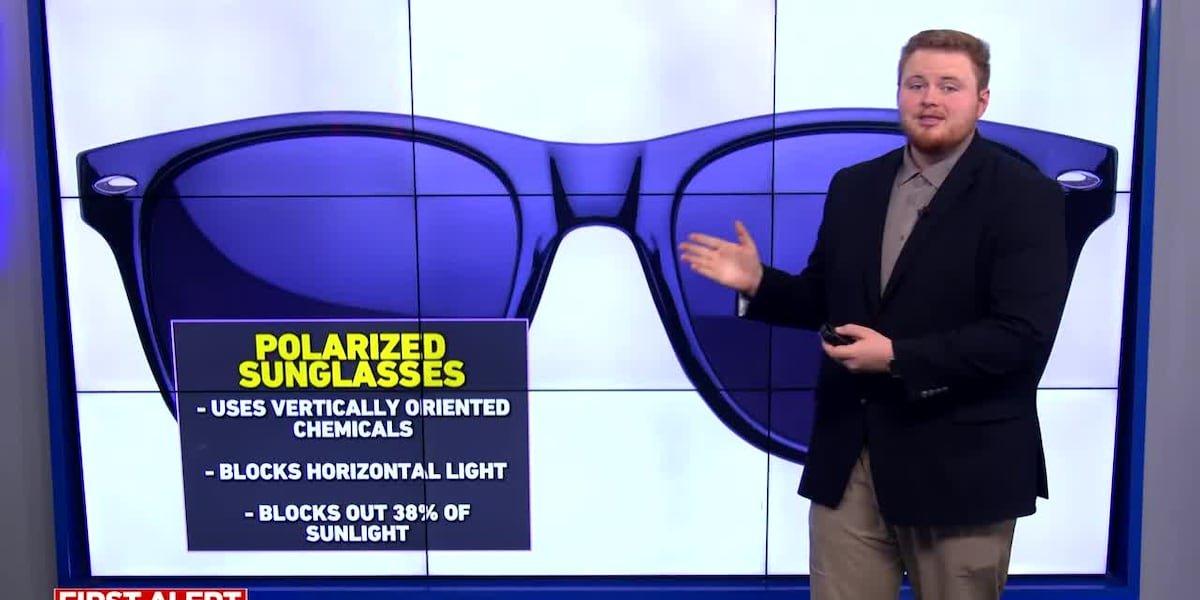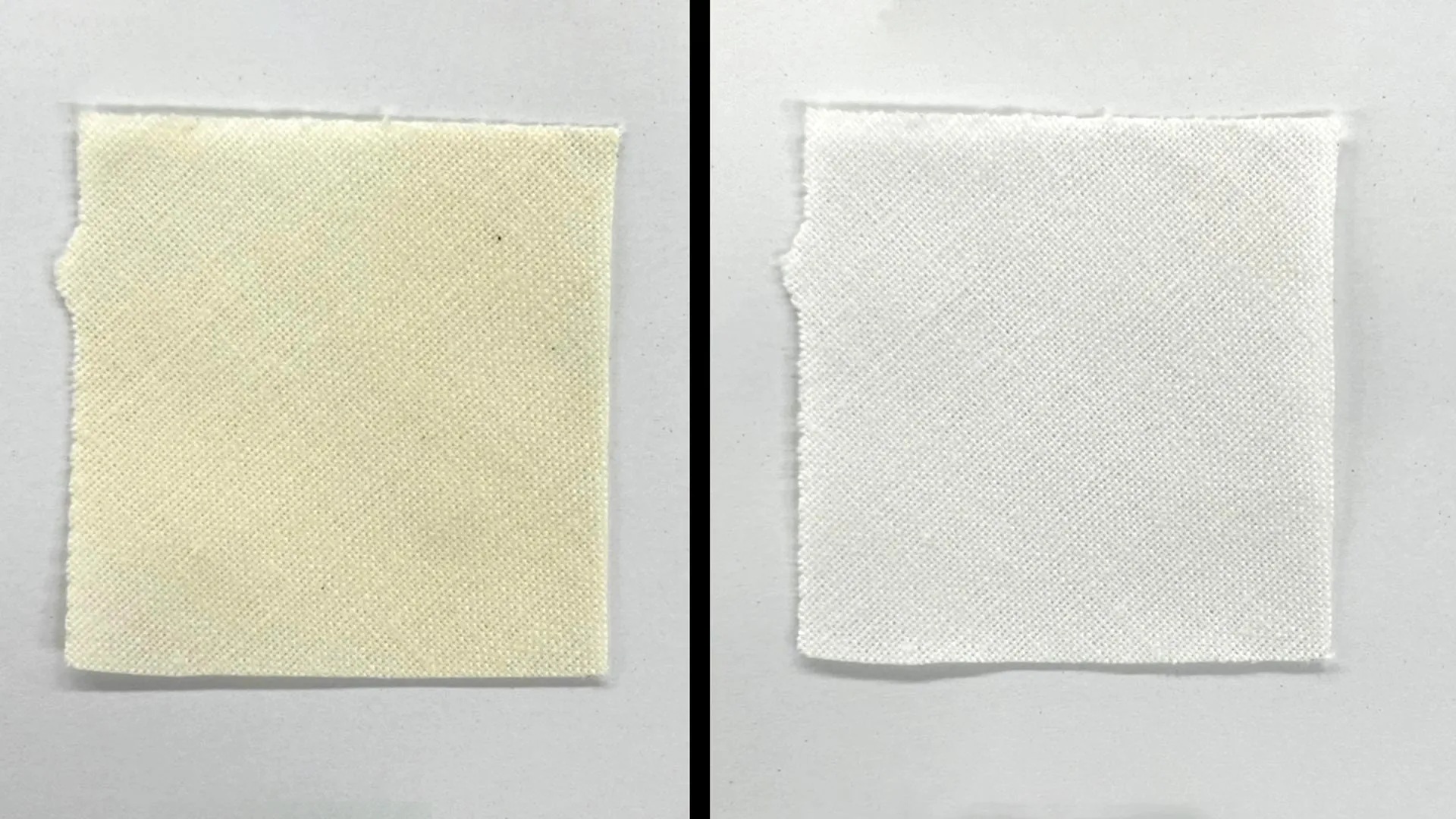(WIFR) – Our sunshine is getting longer and stronger with spring underway. Many of us are pulling out our sunglasses to help dim the brighter light. While there are a ton of different brands of shades, there are really two types of sunglasses: polarized and non-polarized.
Non-polarized sunglasses use a chemical tint to reduce the overall intensity of light.
Polarized sunglasses use chemicals to filter light instead of just tinting it.
Sunlight moves in an unpolarized transverse wave meaning sunlight moves in all directions. When this sunlight reflects off of a flat surface like a lake or a car roof, the resulting glare becomes polarized and moves horizontally.
Polarized sunglasses use chemicals that are oriented vertically, which filter any horizontal light from passing through. A good analogy of how this process works is by thinking of a picket fence with gaps between each slat. You’re able to pass through objects vertically, but there isn’t enough room to let horizontal objects through.
With horizontal light filtered out, there is an exceptional drop in glare when using polarized sunglasses especially during the early morning and late evening when the sun’s reflection angle is at it’s highest.
Even regular sunlight is filtered by about 38% making polarized sunglasses potentially a good investment. Just double check that any sunglasses you purchase polarized or non-polarized, say 100% UV blocking to help protect your eyes from harmful solar radiation.
Copyright 2025 WIFR. All rights reserved.




